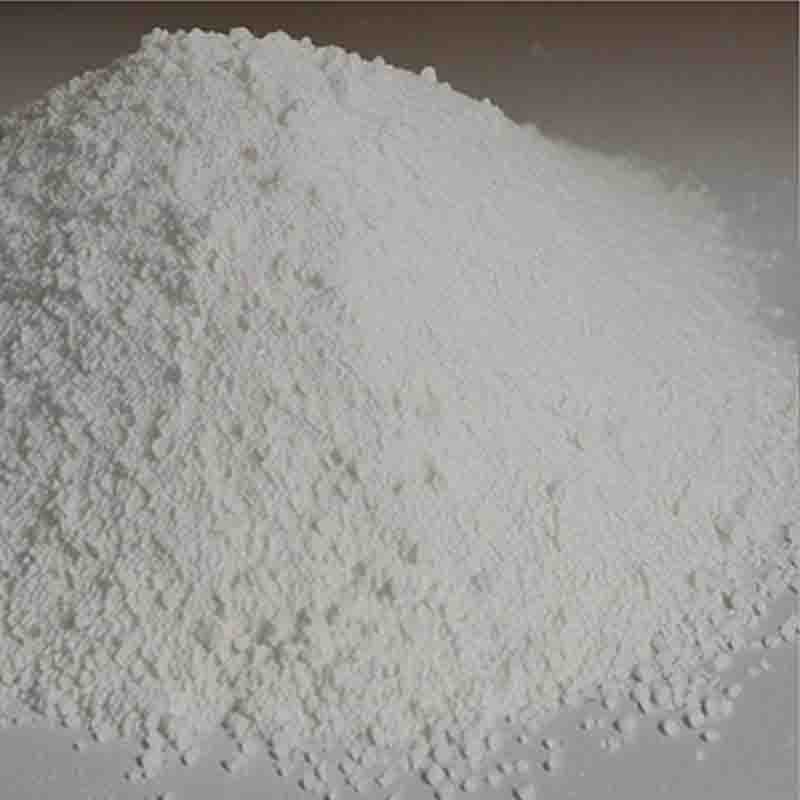5-CHLOROMETHYL-2,4-DIHYDRO-[1,2,4]TRIAZOL-3-ONECAS: 252742-72-6
| Catalog Number | XD94918 |
| Product Name | 5-CHLOROMETHYL-2,4-DIHYDRO-[1,2,4]TRIAZOL-3-ONE |
| CAS | 252742-72-6 |
| Molecular Formula | C3H4ClN3O |
| Molecular Weight | 133.54 |
| Storage Details | Ambient |
Product Specification
| Appearance | White powder |
| Assay | 99% min |
The compound 5-chloromethyl-2,4-dihydro-[1,2,4]triazol-3-one, also known as CDMTO, has several potential applications in various fields.
One of its main uses is in the field of pharmaceuticals. CDMTO can serve as a versatile building block or intermediate in the synthesis of drug molecules. Its unique structure and functional groups make it suitable for the preparation of diverse pharmaceutical agents, including antiviral, antibacterial, and antifungal drugs. Additionally, CDMTO can be modified to introduce additional functional groups or enhance its biological activity, making it a valuable tool in drug discovery and development.
CDMTO also finds application in the field of agrochemicals. It can be used as a starting material for the synthesis of insecticides, herbicides, and fungicides. The compound's structural features make it a valuable component for the development of effective and environmentally friendly agricultural chemicals.
Furthermore, CDMTO has applications in the field of materials science. It can be utilized in the synthesis of functional materials with specific properties. For example, it can be incorporated into polymers or coatings to enhance their performance in terms of adhesion, stability, or catalytic activity. CDMTO's versatility makes it a valuable tool for the design and development of advanced materials.
In addition, CDMTO can be used as a reagent in organic synthesis. Its unique reactivity allows for the introduction of the triazolone moiety into various organic molecules, enabling the synthesis of diverse compounds with potential applications in different fields.
Overall, 5-chloromethyl-2,4-dihydro-[1,2,4]triazol-3-one, or CDMTO, has diverse applications in pharmaceutical synthesis, agrochemical development, materials science, and organic synthesis. Its versatility and ability to serve as a building block or reagent make it a valuable compound in multiple scientific disciplines.


![5-CHLOROMETHYL-2,4-DIHYDRO-[1,2,4]TRIAZOL-3-ONECAS: 252742-72-6 Featured Image](https://cdn.globalso.com/xdbiochems/白色粉末21044.jpg)
![5-CHLOROMETHYL-2,4-DIHYDRO-[1,2,4]TRIAZOL-3-ONECAS: 252742-72-6](https://cdn.globalso.com/xdbiochems/粉末586.jpg)
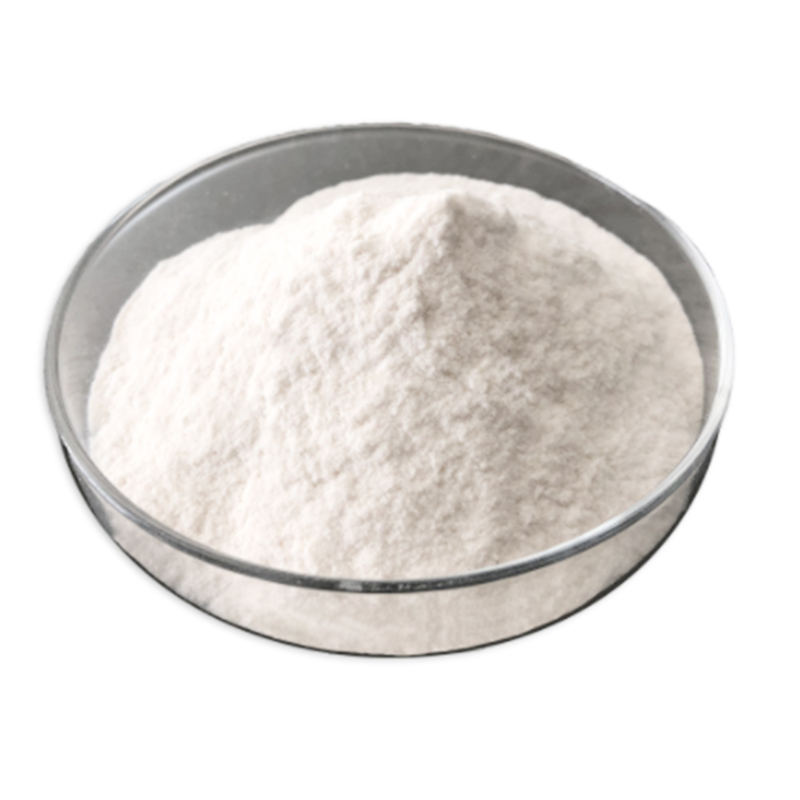
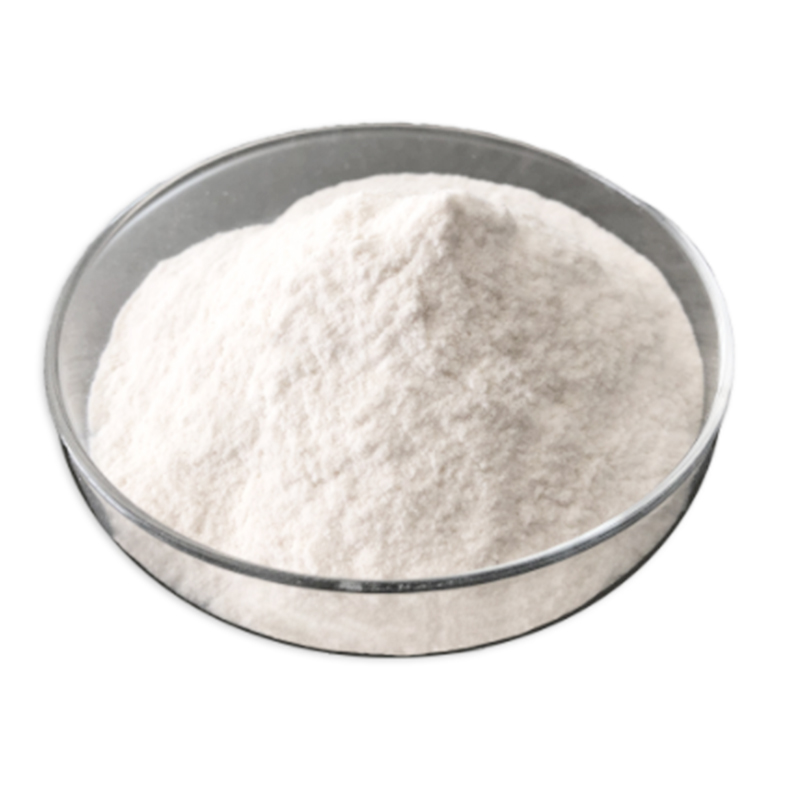
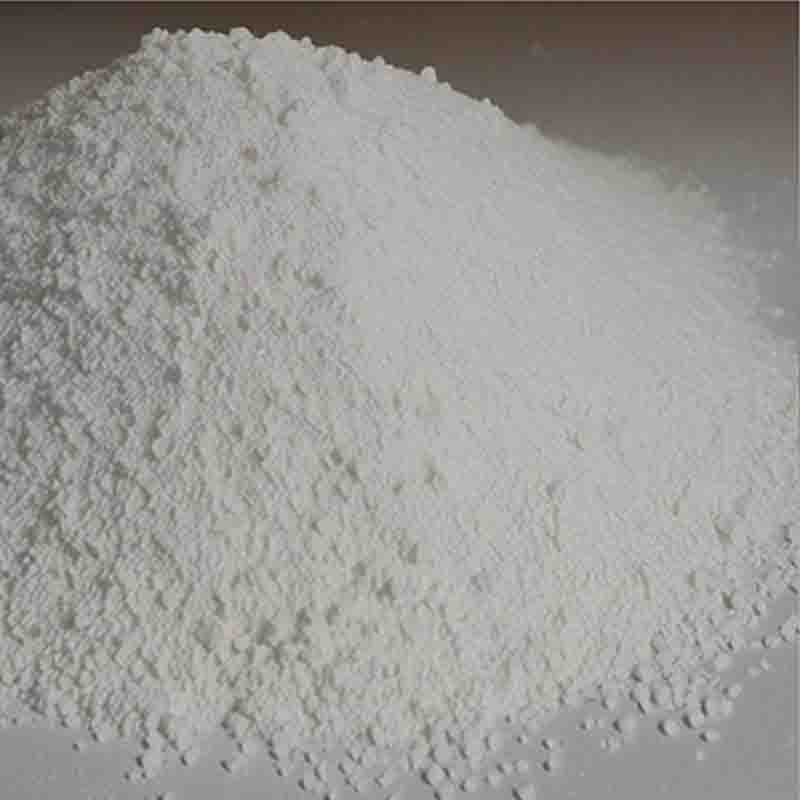
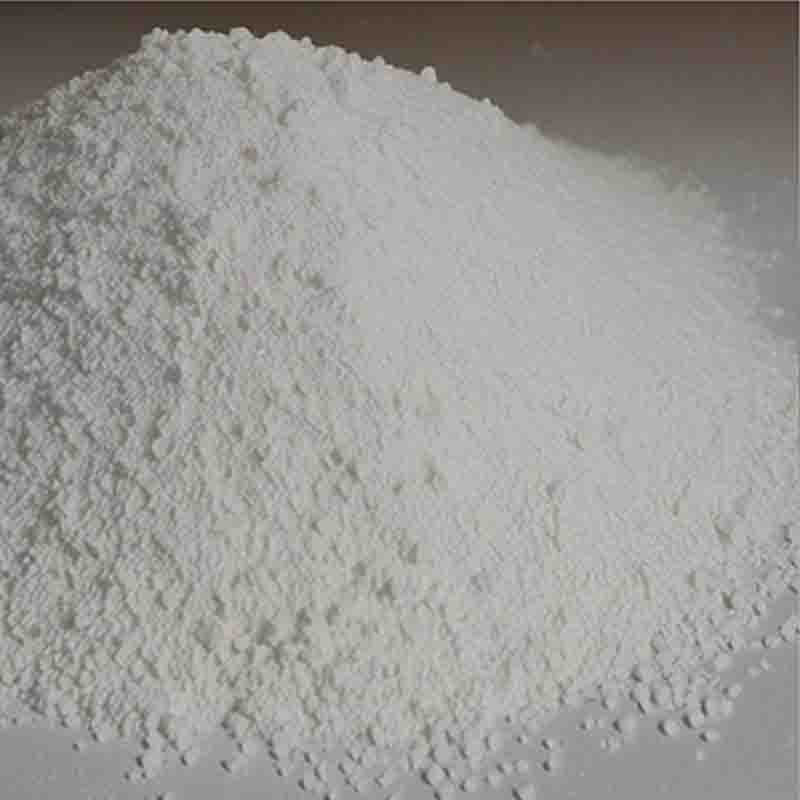
![11-piperazynil-dibenzo[b,f][1,4]thiazepine2HCl CAS:111974-74-4](https://cdn.globalso.com/xdbiochems/白色粉末21314.jpg)
